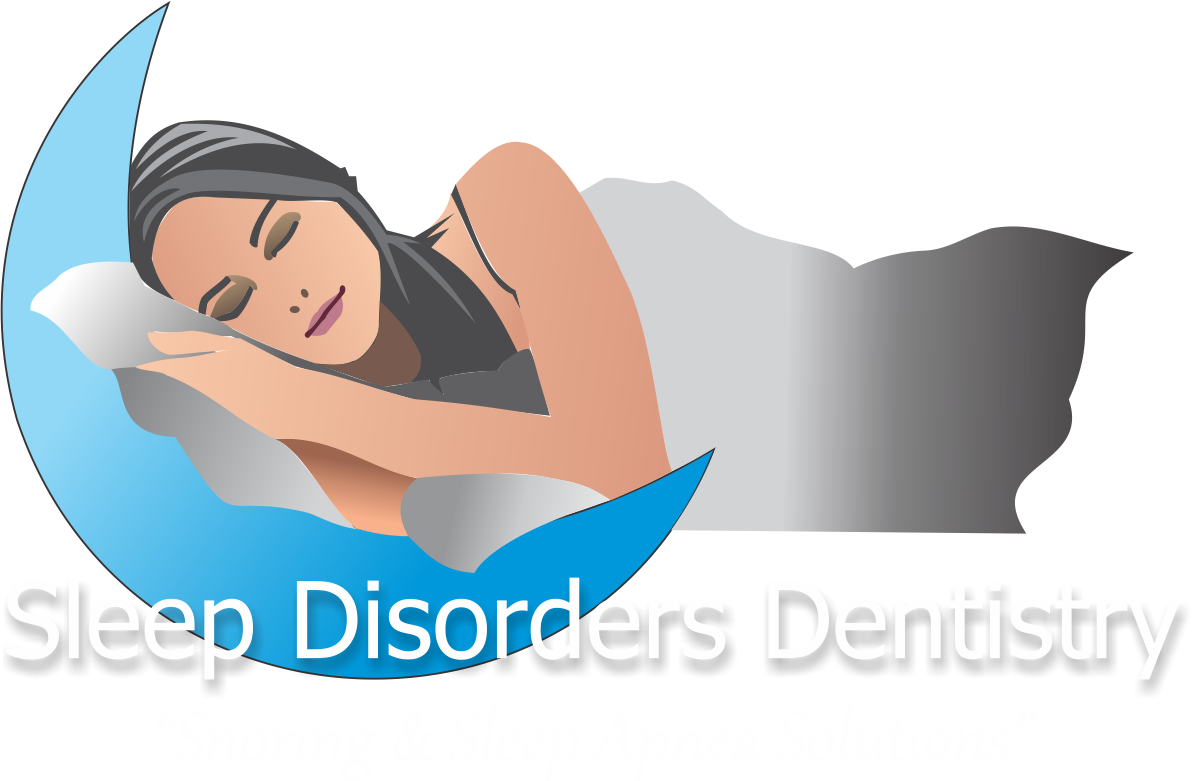What do Periodontal Disease and Snoring have in Common?
There has been much progress in the field of Sleep Medicine since the discovery of REM sleep in 1953, especially in the last 30 years. If we limit our discussion to Sleep Disordered Breathing, commonly referred to as Snoring and Sleep Apnea, there has been an explosion in both knowledge and interest amongst health care providers and thanks to media coverage in the public awareness regarding the incidence and consequences of these disorders. The role Dentistry plays in the management of Sleep Disordered Breathing is finally becoming defined in the minds of Dentists across both North America and the world.
I liken the current “Sleep Breathing” status of today’s typical dental patient to the “Periodontal” status of the typical dental patient of 1960. Although, Periodontal diseases are considered to be as old as mankind (much like Sleep Breathing Diseases), it was not until the 1960’s that it was managed by surgical revision, and until the 1980’s that soft tissue management programs became commonplace in the typical dental practice, where appropriate screening was performed on each and every patient, leading to the therapeutic interventions that continue through to today. In short, prior to these screenings and therapeutic intervention, the typical dental practice was what we refer to today as a “Prophy Mill”; not a complimentary term!
Regarding the “Sleep Breathing” health of dental patients, in a typical dental practice, one could say that there is a state of emergency, of epidemic proportions. At least as bad as what dentistry discovered to be the case with periodontal disease in the 1970’s. The typical dental practice is just as unprepared as to the role they should be playing in helping to manage this disease as the typical “Prophy Mill” dental practice of the 1970’s was regarding the proper management of Periodontal Disease. Over 57% of Americans snore, 20% have mild to moderate sleep apnea, and 7% have moderate to severe sleep apnea. In short, over 40 million Americans suffer from Sleep Disordered Breathing and over 80% of them remain undiagnosed. The typical dental practice is ideally positioned to both screen and participate in the management of Snoring and Sleep Apnea. Each and every patient attending a dental office should undergo a basic screening for Sleepiness and Quality of Sleep, and when necessary, an appropriate referral to a Physician should be made to establish a Medical Diagnosis. If you are not doing this in your dental practice, you are running the equivalent of a “Prophy Mill” regarding your patient’s “Sleep Breathing”; not a complimentary term!
I believe that the Dental practice of the future will screen each and every patient for Sleep Disordered Breathing, will be referring to a Physician for a Medical Diagnosis when necessary, and will ultimately be participating in the management of that patient with an Oral Appliance when appropriate. Further, they will be seeing these patients on a yearly recall to review various factors and ensure the appliance they provided is still working optimally, participating on a continuing care basis, just like we have become accustomed to doing with our periodontal care patients.
ResMed Narval CC Snoring and Sleep Apnea Appliance
I leave you with just two questions; if you are a Dentist reading this article, why wait for the future? If you are a patient reading this article encourage your Dentist to get with it!
John Viviano DDS D ABDSM
SleepDisordersDentistry LinkedIn Group - Join Today

